From Big Cats to Birds: Embracing Bird Conservation in Forest Management
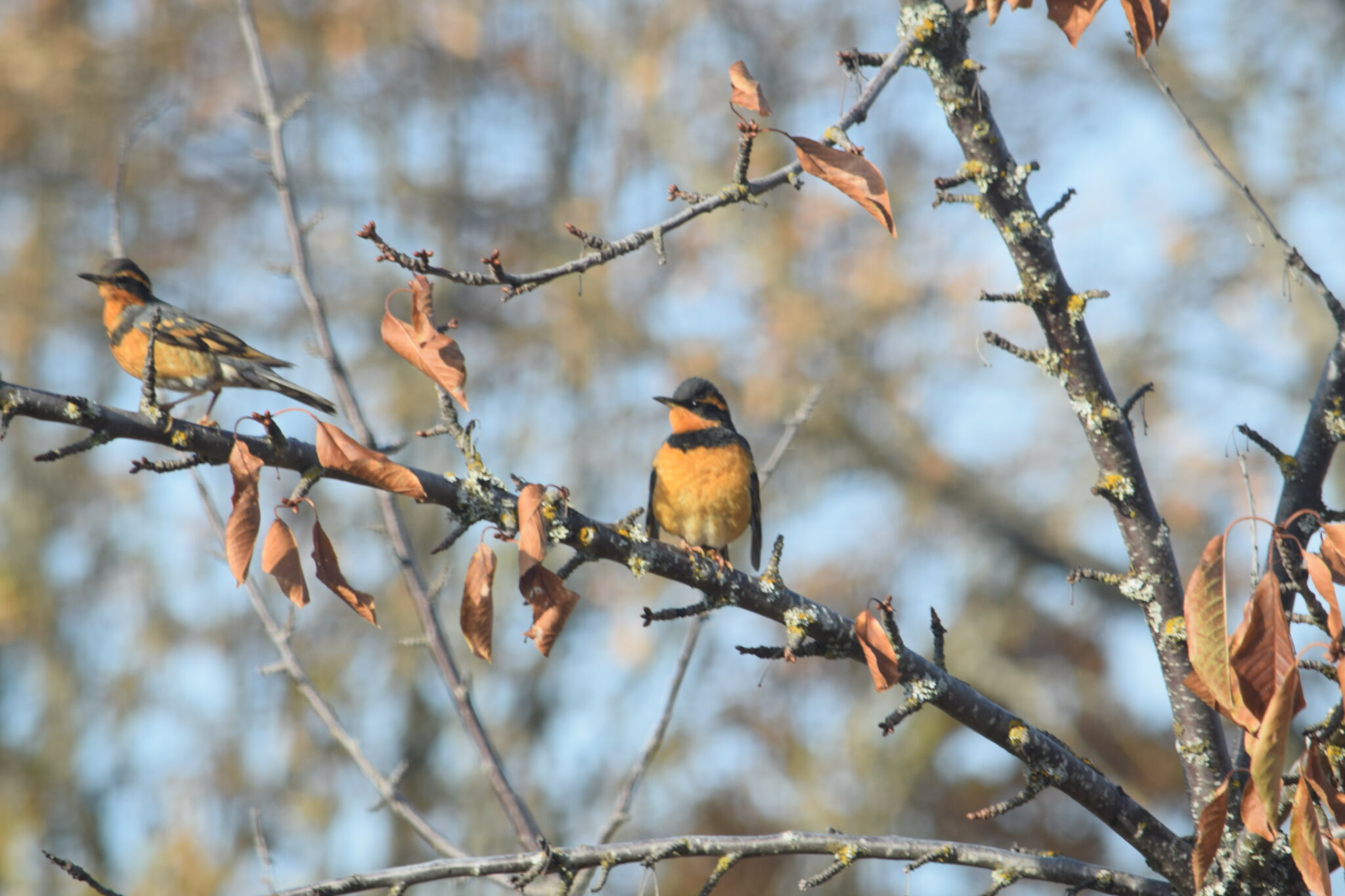
As new staff members at NNRG, we were asked to share our favorite way of spending time in the forest for our bios. Naturally, I chose bird watching. My lifelong passion for wildlife initially drew me to Namibia for the charismatic megafauna, particularly big cats. I’ve spent countless hours waiting by waterholes, hoping to glimpse these majestic creatures. During these long waits, I discovered my love of birds, captivated by their variety and beauty. Unlike big cats, I don’t have to wait hours to see birds; they are always around! I’ve been fortunate to weave this passion into my professional journey and am always eager to explore it from new perspectives. In this role, I have the opportunity to integrate my love of birds with the responsibilities of managing a forest, offering a unique blend of personal interest and professional growth.
Birds are more than a source of joy; they are vital indicators of our forest’s health. Their presence or absence, numbers, and species diversity often signal environmental issues or a thriving landscape. For me, observing and listening to birds is not just a pastime but a meaningful way to gauge the current state of our forests and determine the necessary steps for their management. This connection underscores the critical role we all can play in preserving these habitats. Below are some resources I have found particularly helpful.
Enhancing Bird Habitats in Forests
Creating diverse habitats is essential for attracting various bird species. Here are some practices to consider:
Maintaining Snags and Down Logs
Snags (standing dead trees) and down logs are critical for forest ecosystems. They provide nesting sites for cavity-nesting birds such as woodpeckers and owls and foraging grounds for species that feed on insects inhabiting decaying wood.
Varied Canopy Layers
A forest with varied canopy layers, including different heights, cover types, and canopy gaps, supports a wide range of bird species. Some birds prefer the dense cover of the understory, while others thrive in the open spaces of the upper canopy. By maintaining a structurally diverse forest, we can cater to the habitat needs of different bird species.
Plants That Provide Flowers and Fruit
Planting native species that produce flowers and fruit is beneficial not only to birds but also to the overall health of the ecosystem. Flowers attract pollinators, providing a food source for insectivorous birds. Fruiting plants offer a direct food supply for birds, especially during the breeding season when energy demands are high.
Our April 2023 fireside chat about wildlife featured DNR wildlife biologist Ken Bevis, who provided excellent tips on creating wildlife and bird-friendly habitats. You can watch his insights below.
Minimize disturbances during breeding
During my time in Virginia, I was fortunate to work with Virginia Working Landscapes, a program that addresses grassland bird declines on working lands. They worked with private landowners to implement management practices that allow grassland birds to thrive. The same idea applies to management activities in our forests and it’s important to consider the timing to minimize disturbances to nesting birds. While avoiding projects during the breeding season may not always be possible, working from August through January has the least impact. This period coincides with the time when most birds have completed their nesting cycle and can tolerate greater disturbances. This resource from Audubon Washington discusses the breeding cycle in more detail and provides insights into it, helping to guide our management decisions.
Forestry for the birds
One resource I was excited to find is “Forestry for the Birds -Western Oregon.” This Forest Stewards Guild (FSG) guide outlines habitat types and management practices tailored to supporting bird populations. It is an invaluable resource for those looking to enhance bird habitats and ensure the health of our forests. FSG initiated the program in Western Oregon through funding from the Tualatin Soil and Water Conservation District (Tualatin SWCD) and the Oregon Community Foundation.
The guide provides a thorough overview of forest habitat types and the plants and bird species that inhabit them. It also covers birds’ life history, behaviors, and tips for managing with them in mind. I appreciate how the guide ties the habitat and birds together in one place. See below for a sample of what the guide has to offer. I encourage you to check out the Forestry for the Birds events that FSC holds regularly. In addition to getting a physical copy of the guide, you can take a field tour to discuss tools for enhancing bird habitat and maintaining other forest management objectives. FSG will host their next event on June 26th in Corvallis, Oregon. Register here: Wildlife Field Day: Forestry for the Birds | OSU Extension Service.
In conclusion, integrating bird watching with forest management offers a unique opportunity to enhance our understanding and stewardship of these vital ecosystems. For me, this is not just a professional responsibility but a personal passion. Observing birds has always been a source of joy and inspiration, and now, it serves as a meaningful way to gauge the health of our forests and guide our management decisions.
By paying attention to birds’ presence and behavior, we can gain valuable insights into the state of our forests and make informed decisions that benefit both wildlife and the environment. The resources and practices discussed in this guide provide a solid foundation for creating bird-friendly habitats while achieving broader forest management goals. As we continue to learn and adapt, our efforts can contribute significantly to preserving our forests’ natural beauty and biodiversity for future generations. It’s meaningful to know that my work can help create thriving bird habitats, and I look forward to learning more through all of you.

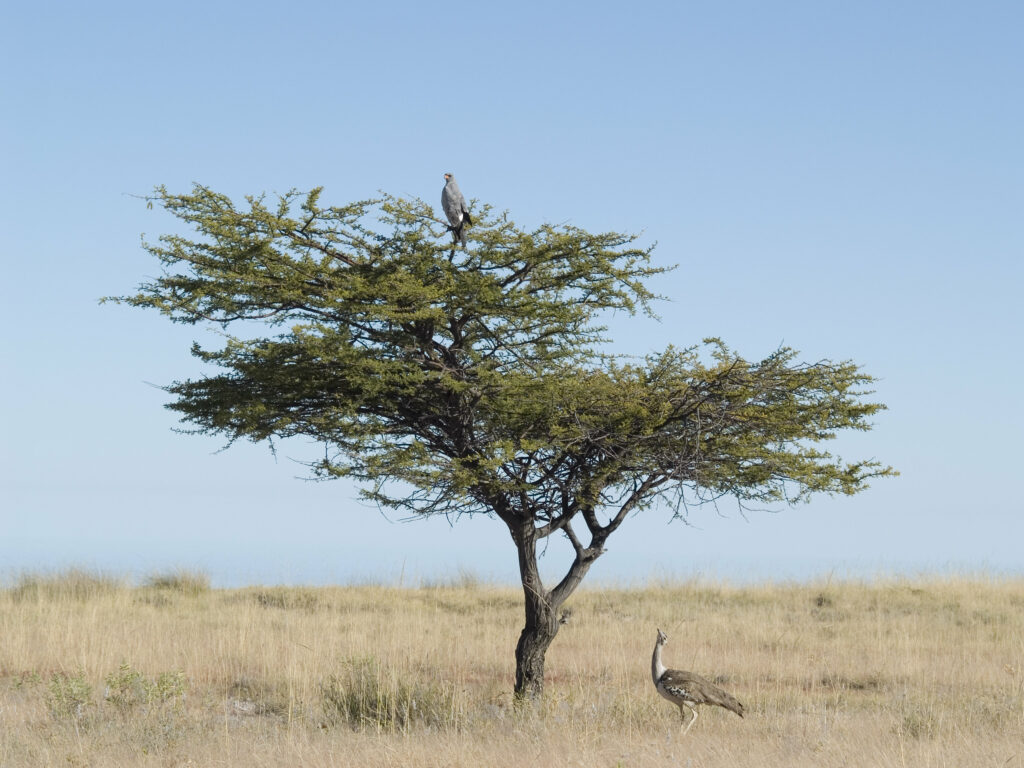
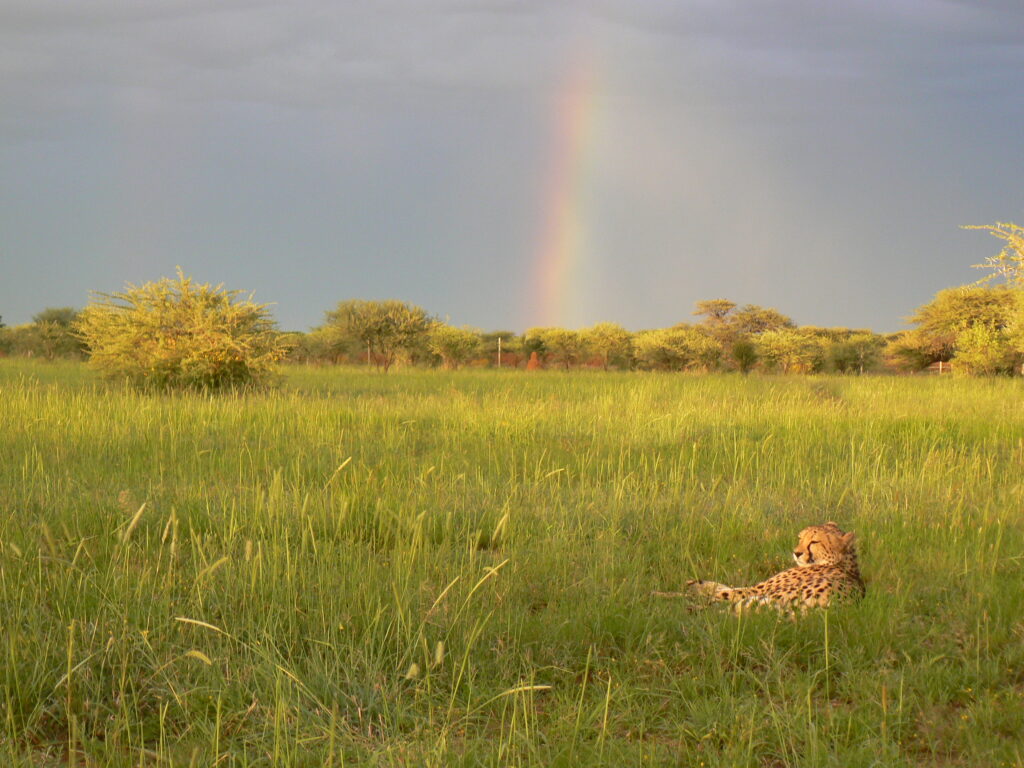

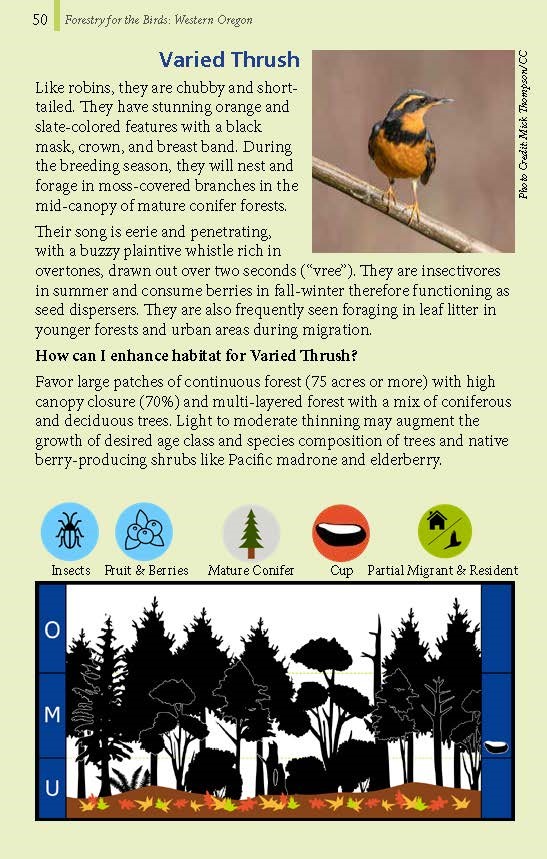
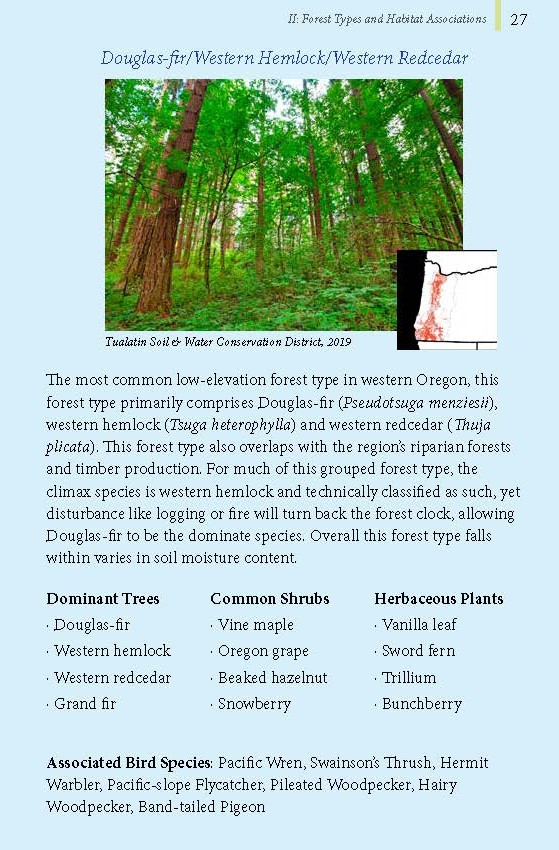
Leave a Reply